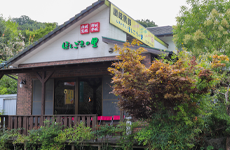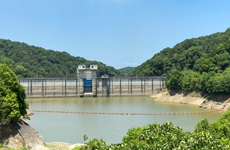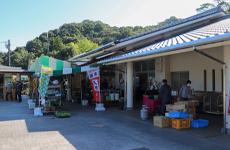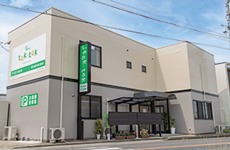Maeyama is located between No. 88 Okubo-ji Temple and No. 87 Nagao-ji Temple on the Shikoku 88 Pilgrimage, and is the last stop on a long pilgrimage that leaves 10.4 kilometers to the end of the pilgrimage. . Therefore, pilgrims who visit here look back on their journey and hope for the fulfillment of their purpose. The people you meet at Maeyama hope that your pilgrimage will lead you to the next journey of life.
前山は四国の88ヵ所巡礼のなかで88番の大窪寺と87番の長尾寺の間に位置していて、長い巡礼の最後の場所までは10.4キロメートルを残す旅の最後の場所である。したがってここを訪れた巡礼者たちは彼らの旅を振り返り、旅の目的の成就を願う。前山の人々はあなたの巡礼が次の新しい人生の旅に繋がる意味を持つことを願っている。



 Maeyama dam
Maeyama dam

